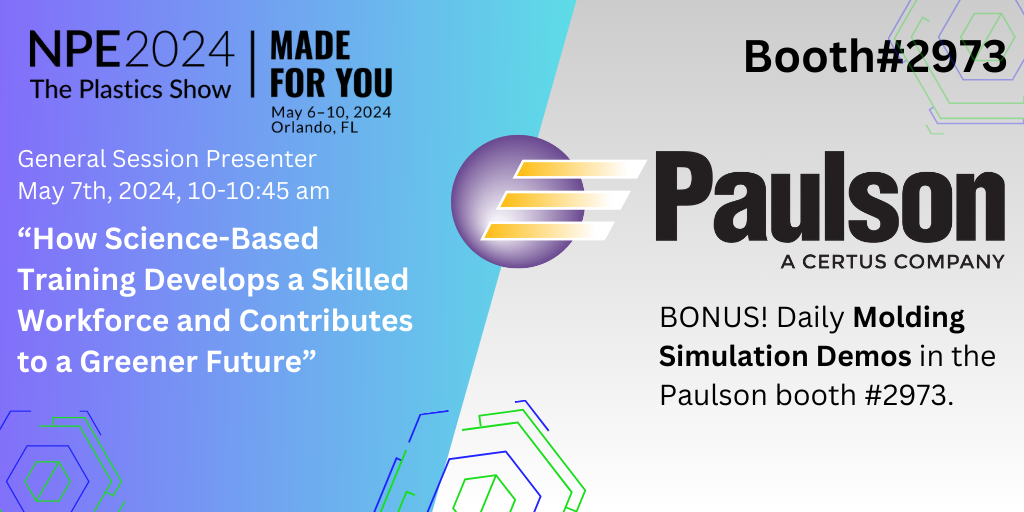 Let’s talk about proper procedures for setting barrel temperatures.
Let’s talk about proper procedures for setting barrel temperatures.
Most injection molding machines have 3, and sometimes up to 5, individual injection barrel heating zones. The first to keep in mind is that you are setting the barrel temperatures for the specific material to be injection molded. The recommended zone temperature settings should be available in the material supplier’s spec sheets. It is best to start with a mid range temperature for each heating zone. Mid-range settings will give you the ability to adjust the plastic material temperature up or down and still be within the recommended range.
Also, remember that by far the most heat added to the plastic as it travels down the barrel is created through frictional heating between the screw and the barrel walls. So barrel temperatures is often used as a fine tuning mechanism for the melt temperature as it travels towards the front of the screw for injection into the mold cavities.
Most injection molding machine barrel heating zones are set with a gradually increasing temperature profile from the rear zone to the front or metering zone. The difference between the front and rear zone is typically about 50° to 80° F (28°C to 44°C). An exception is if you are trying to mold a crystalline type plastic using a general purpose screw. Then you will often have to raise the temperatures all along the barrel to provide enough heat into the plastic.
Tech Tip: Another situation where the barrel temperature profile may be constant all along the heating barrel is when you are molding a highly viscous amorphous material like Polycarbonate. It is sometimes difficult to get enough heat to raise Polycarbonate to its processing temperature. So high rear and middle zone temperatures are used to help melt the plastic material.
A rear zone temperature that is too low can cause air to be trapped in the plastic. Air that is trapped in the granules usually escapes out the hopper as the plastic is melted. But if air gets too far down into the barrel it can get trapped in the plastic melt. If that happens, it gets injected along with the melt. Trapped air will usually escape through the flow front as the mold fills. But in thin walled parts, the air bubble can get trapped in the injection mold cavities.
Too high a rear zone temperature can cause the plastic to melt in the feed throat. This should be avoided because it will block the flow of plastic granules into the injection barrel. Setting the rear zone temperature too high also wastes energy. Much of the heat produced by the rear zone heater is simply taken away by the hopper feed throat cooling water.
The middle zone of the barrel is the best zone to use to adjust melt temperature using barrel heat. Heat added to the plastic in this zone will be thoroughly mixed by screw rotation before the plastic is accumulated ahead of the screw. So any temperature variation will be eliminated.
The front zone should usually be set to the actual desired final temperature of the melt. The front zone barrel heaters should maintain, not change the melt temperature because in this zone the screw will not be able to mix any unevenly heated plastic.
So your goal when setting barrel temperatures is to slowly increase the melt temperature as the plastic moves down the screw flights. When it reaches the front zone, you want to just maintain temperature. You do not want to add or remove heat.

 Let’s talk about proper procedures for setting barrel temperatures.
Let’s talk about proper procedures for setting barrel temperatures.
